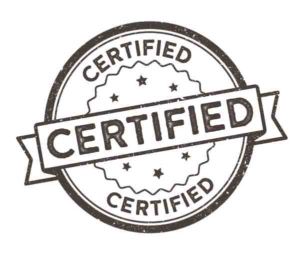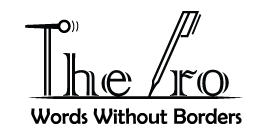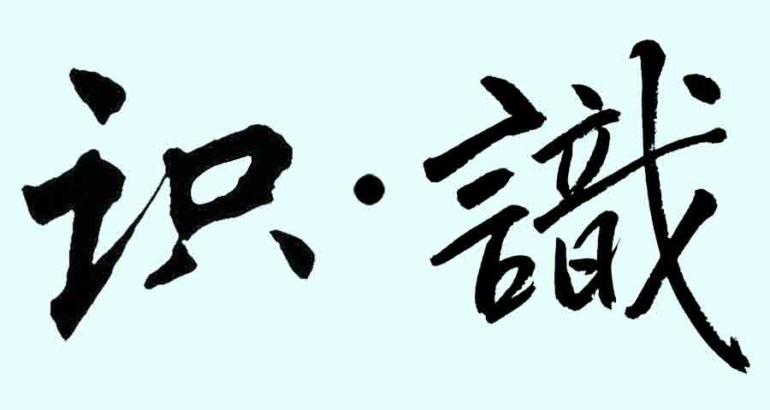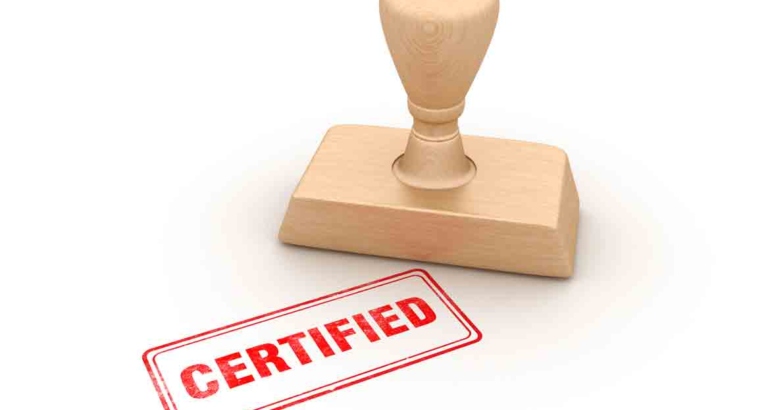 The certifications issued by the American Translators Association (ATA) are the best credentials available for document translation services. But exactly how good are ATA certified translators? To answer this question, we need to first take a look at the ATA certification exams.
The certifications issued by the American Translators Association (ATA) are the best credentials available for document translation services. But exactly how good are ATA certified translators? To answer this question, we need to first take a look at the ATA certification exams.
ATA certified translators: Languages
The ATA currently provides certification exams in the following language pairs and directions:
- Translation into English from: Arabic, Chinese, Croatian, Danish, Dutch, French, German, Italian, Japanese, Polish, Portuguese, Russian, Spanish, Swedish, and Ukrainian.
- Translation from English into: Arabic, Chinese, Croatian, Dutch, Finnish, French, German, Hungarian, Italian, Japanese, Polish, Portuguese, Russian, Spanish, Swedish, and Ukrainian.
Some of the above certification exams only became available in 2018; therefore, it is possible that no translators have passed such ATA certification exams. For example, the Chinese into English exam only became available in 2018. As of May 2018, there are not yet ATA certified Chinese to English translators.
ATA certified translators: The pass rate
The ATA certification exams are the most stringent for written document translation. The average pass rate for ATA certification exams is 15%. For the English to Chinese language pair, the pass rate is about 14%.
ATA certified translators: The passing score
The scoring system of the ATA exams is one of a kind. It only returns a minus score or zero, with the highest possible score being zero.
Theoretically, you will receive a zero if you get a perfect score. For every addition, omission, and error, including misspellings and incorrect use of grammar or punctuation, you get points deducted. You need a score of -18 or better (-18 to 0) to pass the exam.
If you pass the exam, the ATA does not release your score to you. You simply receive a congratulatory letter notifying you that you have passed and are now an ATA certified translator.
If you fail, however, you receive your score (for example, -30).
Are ATA certified translators all the same?
Not all ATA certified translators are the same. Some are innate writers and their sentences flow naturally. Some may have a niche in technical writing.
Depending on the nature of the documents (e.g., literature, marketing materials, technical manuals), clients may need to hire translators with different skills and strengths. To access translators’ abilities, clients may:
- Inquire about the translators’ academic background and work experience.
- Request writing or translation samples from the prospective translators, if available. Such translation samples should be free of any confidentiality or copyright issues.
- Consider requesting paid sample translations from multiple translators using excerpts of the actual documents. This is the most direct and reliable approach to gauge translators’ fitness for the project. A little extra spending up front can help you secure the most suitable translators, and can save you a lot in the long run.
How to ensure quality translation
We recommend clients take the following three steps to achieve high quality translation:
- First, hire ATA certified translators if such a certification exists in your language pair.
Find translators who are certified for the desired direction: from “your source” into “your target” languages.
- Second, find translators who have strengths in translating your specific type of materials (see above).
- Third, hire a team of two translators for quality control.
Use a translator and a proofreader for the same project. Even the best translators can overlook their own errors, but a pair of fresh eyes can catch the mistakes. When the bar for accuracy is high, e.g., for legal, medical, and pharmaceutical documents, we strongly recommend clients use a team of two translators.


